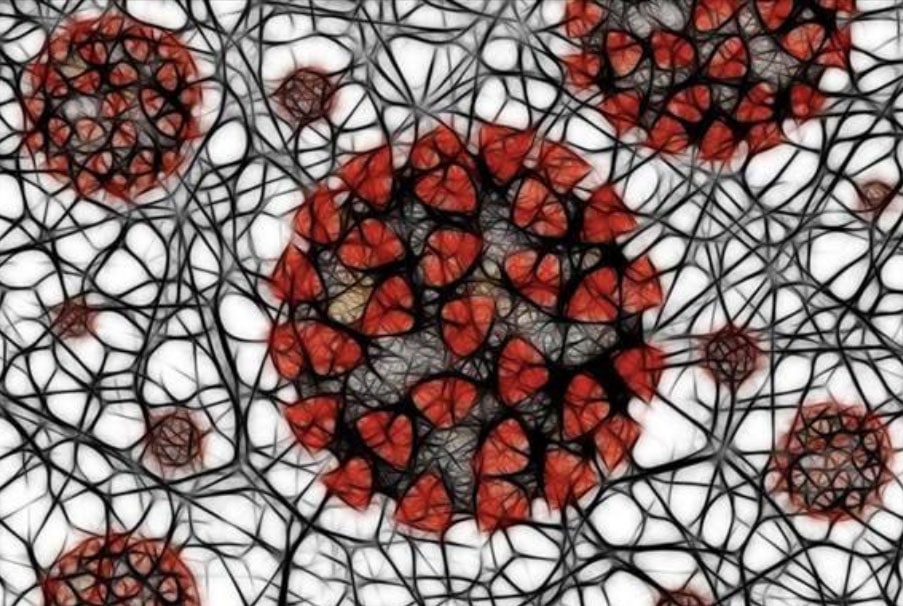 LANL continues working to better understand and mitigate the impacts of the pandemic. Courtesy/LANL
LANL continues working to better understand and mitigate the impacts of the pandemic. Courtesy/LANL
LANL News:
Los Alamos National Laboratory continues its work to better understand and mitigate the impacts of the pandemic.
Here’s a brief look at some of the research underway:
Infrastructure analysis and decision support
Los Alamos developed the Modeling Epidemics for Decision Support with Infrastructure Analysis (MEDIAN) to understand interdependencies between critical infrastructures and public health measures such as contact tracing and diagnostics as it relates to pandemic outcomes and mitigation impacts.
Behavioral health
National disasters such as pandemics impact mental and behavioral health, including depression, anxiety, domestic violence, and substance abuse. Los Alamos disease forecasting modelers are analyzing state data about mental health along with socioeconomic factors to estimate vulnerability and help determine future needs.
Droplet plumes
Los Alamos’ QUIC plume model is being used to look at how virus-containing droplets travel through the air before settling on surfaces. The model takes into account air currents, turbulence, gravitational setting, and droplet evaporation. This can help with determining whether indoor dining and semi-enclosed outdoor dining is safe, for example.
Assessing vulnerability
The COVID-19 pandemic has highlighted systemic inequities in the United States and resulted in a larger burden of negative outcomes for marginalized communities. To identify which communities may be at the highest relative risk, Los Alamos researchers created a county-level vulnerability index for the state of New Mexico. This framework for creating a location-specific vulnerability index may be used as a quick, deployable metric to inform health policy decisions such as allocating state resources to the county-level.
Better ventilators
Cross-disciplinary scientists and engineers are working to learn how Intrapulmonary Percussive Ventilation (IPV) helps clear mucus from blocking the airways of the human lung, a common reaction to the COVID-19 virus. Using some of the same modeling and experimental techniques from the Laboratory’s nuclear weapons mission, researchers are working to discover the underlying science and engineering principles behind this process and have developed a preliminary machine-learning algorithm that could someday assist pulmonary doctors in treating COVID-19 patients with IPV.
Saliva testing
Los Alamos researchers are working with Presbyterian Hospital in Albuquerque to conduct a side-by-side analysis of COVID-19 testing methods, comparing nasopharyngeal swabs and less-invasive saliva sample testing. These studies will provide information on the limit of detection of virus in the different samples and whether the virus can be detected in symptomatic versus asymptomatic patients.
Examining vaccine distribution
Disease forecasting modelers are examining COVID-19 vaccine distribution scenarios and how they will impact healthcare, businesses, and school reopenings at the county level — a level of granularity other computer models have not been able to achieve.
WATCH: Special-edition Director’s Colloquium
In this video ALD of Chemical, Earth, and Life Sciences Pat Fitch talk about the Special Office for COVID-19, which launched in March. Click here.
Kirsten Taylor-McCabe (GS-NSD) discusses LANL’s modeling work, while Elizabeth Hong-Geller (B-DO) talks about diagnostics and next-generation lab testing and John Bernardin (E-1) covers ventilation for treating COVID-19.

